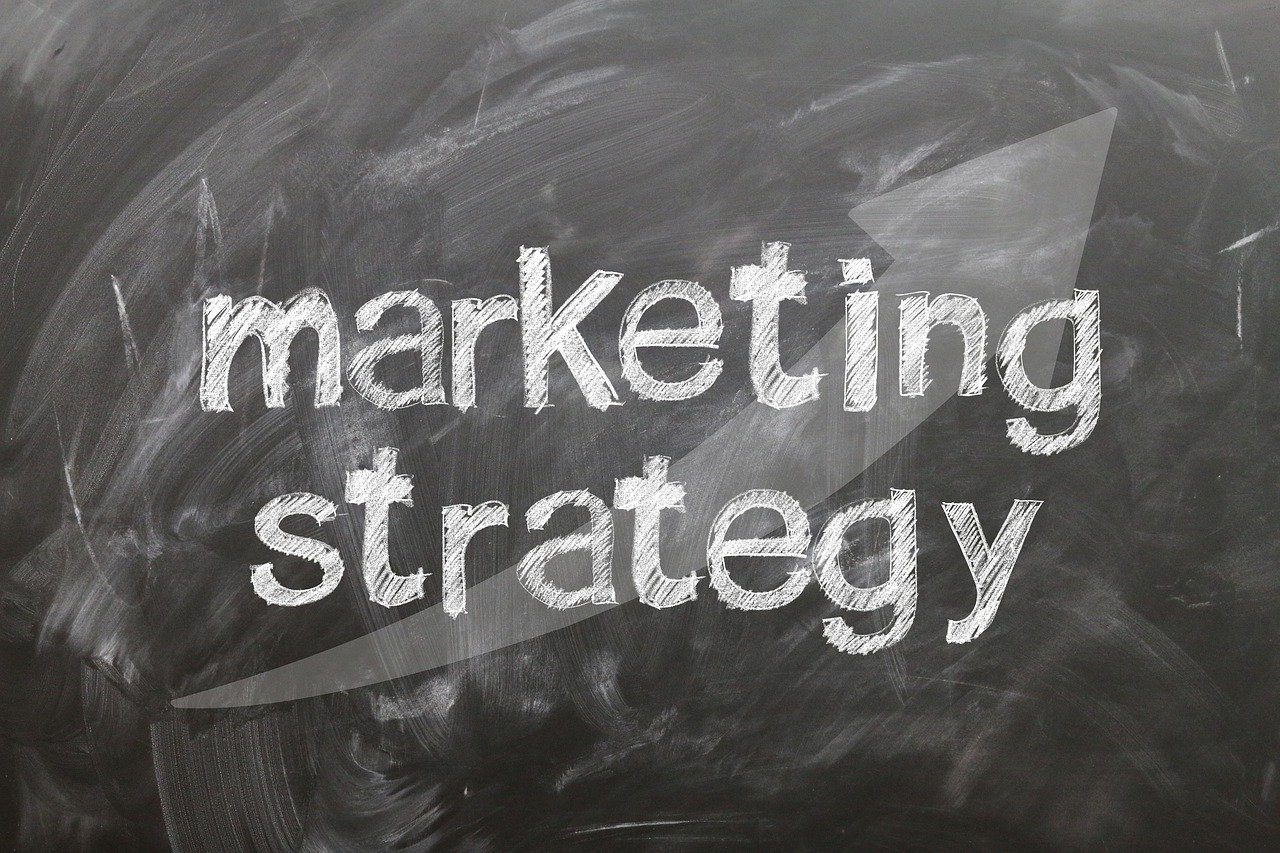10 Examples of AI In Our Everyday Lives

Do you remember the image of artificial intelligence you had in 2010? At that time, for most of us, artificial intelligence was reserved mainly for science fiction works. It was not yet anchored in our daily lives. It was, in fact, a research discipline. Over the past eleven years, this technology has made great strides in many industrial sectors. It has also burst into our daily lives and has materialized in the form of smartphones and autonomous cars, robotic vacuum cleaners, and self-propelled lawnmowers. Based on a few particularly relevant examples, see for yourself how much artificial intelligence has changed the world in recent years.
Email Messaging
Electronic messaging relies heavily on AI to optimize its performance and increase user satisfaction. Our email boxes have been learning over time thanks to advanced algorithms—for example, spam filtering. Spam filters rely heavily on artificial intelligence, which can process large amounts of messages and detect new spam flooding of your inboxes very quickly.
The publishers of these spam emails change their strategies regularly. As a result, having a few keywords is not enough to identify adverse content. Hence the need to use AI solutions. A perfect example is Gmail from Google, which uses TensorFlow and blocks over 99.9% of spam.
Search Engines
Search engines could hardly function without AI, given the massive size of the web. The AI is deployed in robots that crawl the sites to index them, classify them, and ascertain the display order according to the search expressions. As a result, search engines are fully harnessing the benefits of AI: Technology is helping to understand user behaviors better and drive better outcomes for brands and internet users alike.
Social Networks
AI largely determines the way information is displayed, especially on social networks. For instance, Facebook distributes posts from followed pages, then filters them to highlight those considered most significant while covering the rest. However, no matter what social media platform you use, what you see and do in these applications is primarily influenced by machine learning. As a result, AI controls the channels you see when browsing these platforms or the notifications you receive.
E-commerce
While it’s impossible to predict the future with precision, an excellent data-driven strategy allows marketers to get a more holistic view of upcoming consumer trends. As a result, consumers receive more personalized purchase suggestions based on research conducted by sellers and based on their purchase decisions made so far. As a result, online retailers increasingly use AI consulting companies to take full advantage of the available data and provide their customers with more personalized offers, thus generating higher revenues.
Banking applications
When discussing online shopping, you cannot ignore online banking. Banking is one area that has adopted technological inventions earlier than most other areas. Secure payment is possible in particular thanks to artificial intelligence, as systems continually learn to recognize fraudulent transactions. Have you ever got information from your bank when you purchase using the new device? That is a case where banks used artificial intelligence to detect any potential fraud. Notifications from banks and financial institutions regarding their services and products are examples of artificial intelligence that allows you to understand your preferences, requirements, and financial condition to propose appropriate products.
But the process goes further. Banks use artificial intelligence in many areas, including analyzing customer investment trends, providing customer service, and more.
Chatbots and Customer Service
For most retailers, dealing with many inquiries and comments from consumers through multiple phones, email, and social media channels can be challenging even for the most experienced marketing departments. For this reason, brands are increasingly using chatbots.
With chatbots, the customer experience is smoother. Social media and customer service teams can free themselves from tasks like scheduling appointments and focus on more strategic activities. They can seek out brand ambassadors and create interaction with user-generated content (UGC). Through intelligent learning, chatbots can better understand the language used by each customer, which makes interactions more authentic and easier to navigate. It also allows brands to respond more quickly to micro-moments–targeted junctions where consumers look for specific products or information.
Artificial Intelligence and Smartphones
Imagining life without cell phones seems like a challenge. However, the various applications in our cell phones are now an integral part of our daily life. Many of these applications are based on artificial intelligence. The intelligent assistants built into our phones, such as Siri, Alexa, and Google Assistant, are the most prominent examples of AI that most of us know and use.
In addition, more and more mobile technology platforms are developing solutions that use artificial intelligence to manage various aspects of the device, such as battery management, event suggestions, etc. One of the standard functions, such as unlocking the screen with the image of a face, also uses artificial intelligence. As a result, AI-enabled services are now an essential part of iOS and Android platform updates.
Smart Homes
Alexa and Bixby come to mind when it comes to using AI in the development of smart homes. However, these applications of artificial intelligence are not limited to these intelligent voice assistants. A great example of smart homes are AI apps that save energy by automatically turning lights based on human presence. And we also have intelligent speakers, apps that change the color of light according to today. These are just some of the applications where AI is used to make homes smarter.
Navigation
In the morning, you leave your apartment and log into your favorite navigation app. What happens most often? Without even typing a single character, it offers to take you to your work or school, if that’s where you are used to going at that time. Artificial intelligence has changed our traffic habits. Thanks to navigation applications like Waze or Google Maps. These determine the shortest route and estimate the time of arrival. They can even take real-time traffic into account to automatically change the trajectory to avoid traffic jams.
There is no doubt that AI will grow more and more, and thanks to it, people will become more productive and lead a more comfortable life to a higher standard. The possibilities offered by artificial intelligence seem endless. Therefore, we should enjoy them and use them instead of perceiving them as a threat.

 Although rush financial decisions should not be a norm, emergency loans can save your day in times of crisis. These are near-instant financial arrangements that have concise disbursement timeframes.
Although rush financial decisions should not be a norm, emergency loans can save your day in times of crisis. These are near-instant financial arrangements that have concise disbursement timeframes.

